Castilleja integra, Wholeleaf Indian Paintbrush
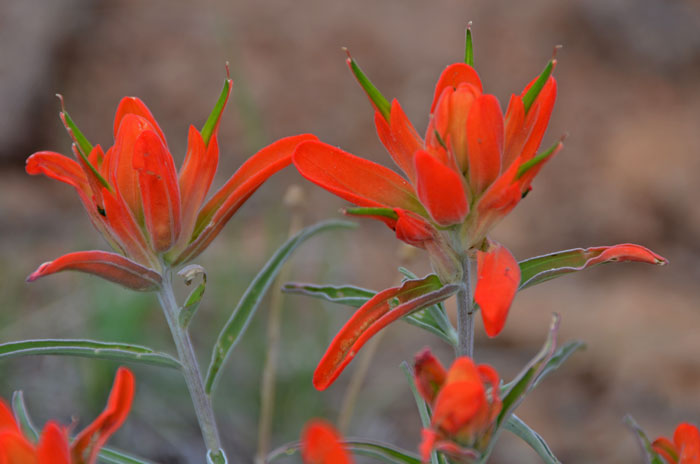
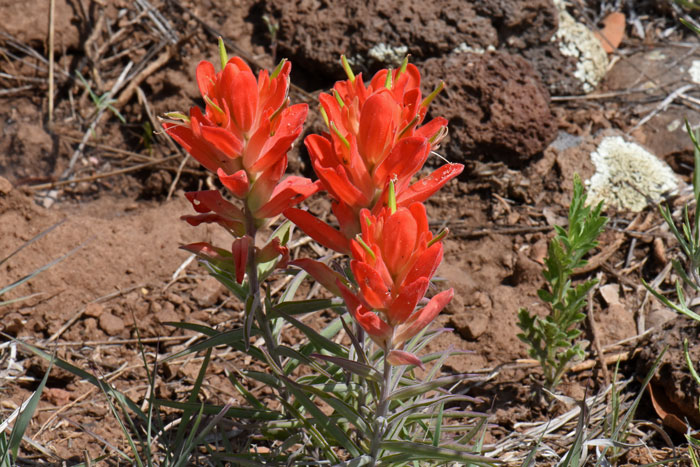
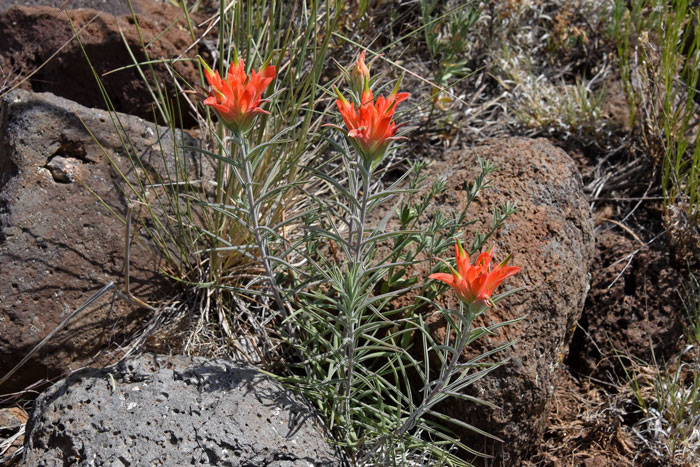
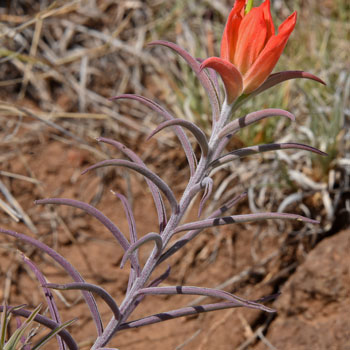
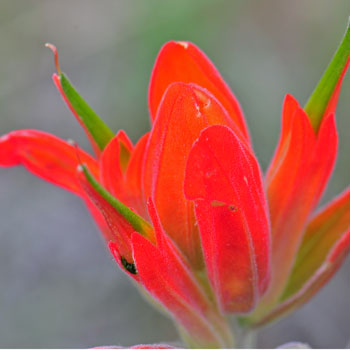
Scientific Name: Castilleja integra
Common Name: Wholeleaf Indian Paintbrush
Also Called: Squawfeather
Family: Scrophulariaceae, Figwort or Snapdragon Family - Moving to Orobanchaceae
Synonyms: ()
Status: Native
Duration: Perennial
Size: Up to 16 inches tall more or less.
Growth Form: Forb/herb, subshrub; suffrutescent; stems more or less tomentose pubescence; leafy, mostly erect.
Leaves: Green; alternate, entire, sessile; narrowly lanceolate; glabrous or glabrate above.
Flower Color: Red, scarlet or yellowish bracts; flowers greenish.
Flowering Season: March to September in Arizona and Texas.
Elevation: 3,000 to 7,500 feet.
Habitat Preferences: Among oaks and pines.
Recorded Range: Castilleja integra is found in the southwestern United States in AZ, CO, NM, TX. It is also native to northern Mexico. In Arizona it occurs throughout the state with few or no records in Gila, Greenlee, LaPaz and Gila counties. However, variety "gloriosa" is very rare and in the United States where it is found only Maricopa County, Arizona.
North America & US County Distribution Map for Castilleja integra.
U.S. Weed Information: No information available.
Invasive/Noxious Weed Information: No information available.
Wetland Indicator: No information available.
Threatened/Endangered Information: No information available.
In the Southwestern United States, Arizona there are 16 species of Castilleja, in California there are 36 species, Nevada has 20 species, New Mexico has 21 species, Texas has 09 species, Utah has 15 species. All data is approximate and subject to taxonomic changes.
There are 2 varieties in Castilleja integra;
Castilleja integra var. gloriosa, Wholeleaf Indian Paintbrush, (AZ);
Castilleja integra var. integra, Wholeleaf Indian Paintbrush, (AZ, CO, NM, TX).
Comments: The Wholeleaf Indian Paintbrush as well as the Sierra Woolly Indian Paintbrush (Castilleja lanata), which also is found in Arizona, are host species for the caterpillar larvae of the Fulvia Checkerspot Butterfly, Chlosyne fulvia.
The type species of Castilleja integra var. gloriosa (Castilleja gloriosa) was collected at Fort Verde, Yavapai County (Mearns 208).
In Southwestern Desert Flora also see Exserted Indian Paintbrush, Castilleja exserta.
Castilleja integra has been used for a variety of purposes by South American indigenous peoples.
Apache, White Mountain Dye, Unspecified, Root bark used with other substances to color various kinds of skins, especially deer skin.
Jemez Other, Preservative, Dried bracts mixed with chile seeds to prevent spoilage during storage.
Keres, Western Other, Ceremonial Items, Plant held by women for decoration during the harvest dance.
Navajo, Ramah Drug, Blood Medicine, Compound decoction of root used to 'clean out the blood' after internal injury.
Navajo, Ramah Drug, Gynecological Aid, Decoction of leaf taken during pregnancy to keep baby small, for easy labor.
Zuni Dye, Black, Root bark used with minerals to color deerskin black.
See ethno-botanical uses at Native American Ethnobotany, University of Michigan, Dearborn.

